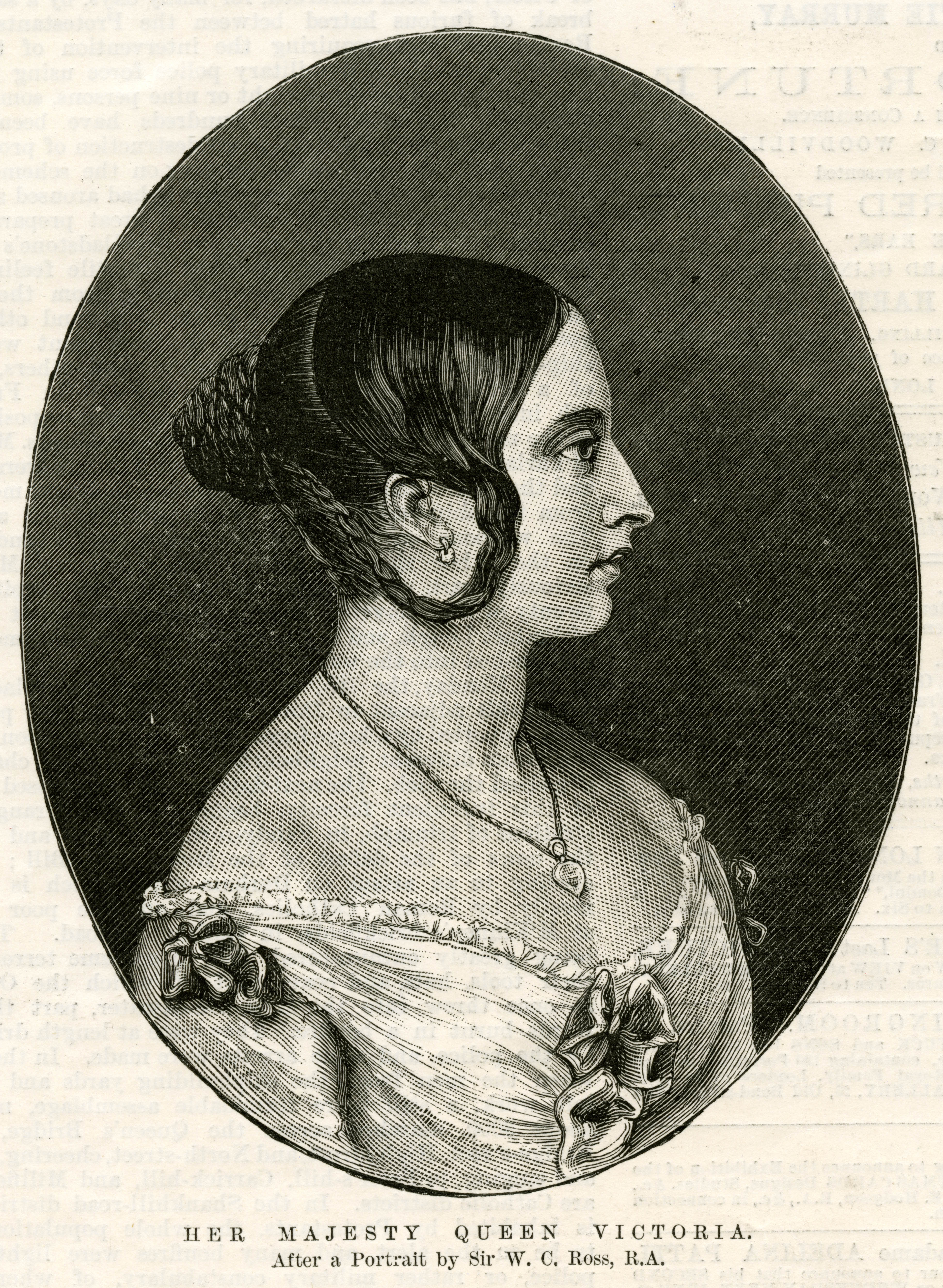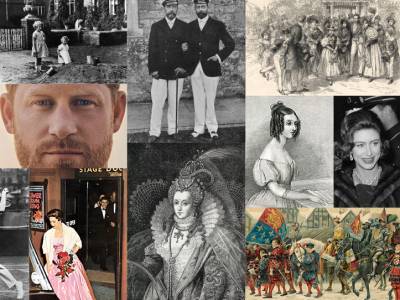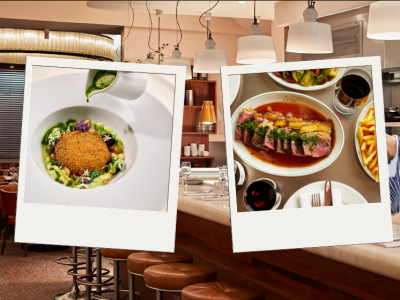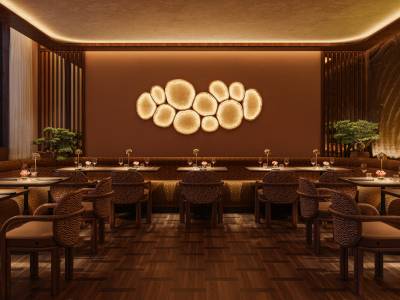“Spare takes readers immediately back to one of the most searing images of the 20th century,” reads the press release. “Two young boys, two princes walking behind their mother’s coffin as the world watched in sorrow – and horror.” The book is described as a publication about “the eternal power of love over grief.” It’s clearly going to be an emotional read, with the one word title carrying great significance.
Harry and The Chequered History of Royal Spares
5th January 2023
Next Tuesday the unpredictable history of the royal spare gets a new chapter on the release of Prince Harry’s highly anticipated memoir, Spare. Here, young historian Jonah Whitehead looks at the history of royal spares, and discovers how royal lineage rarely seems to go as planned.
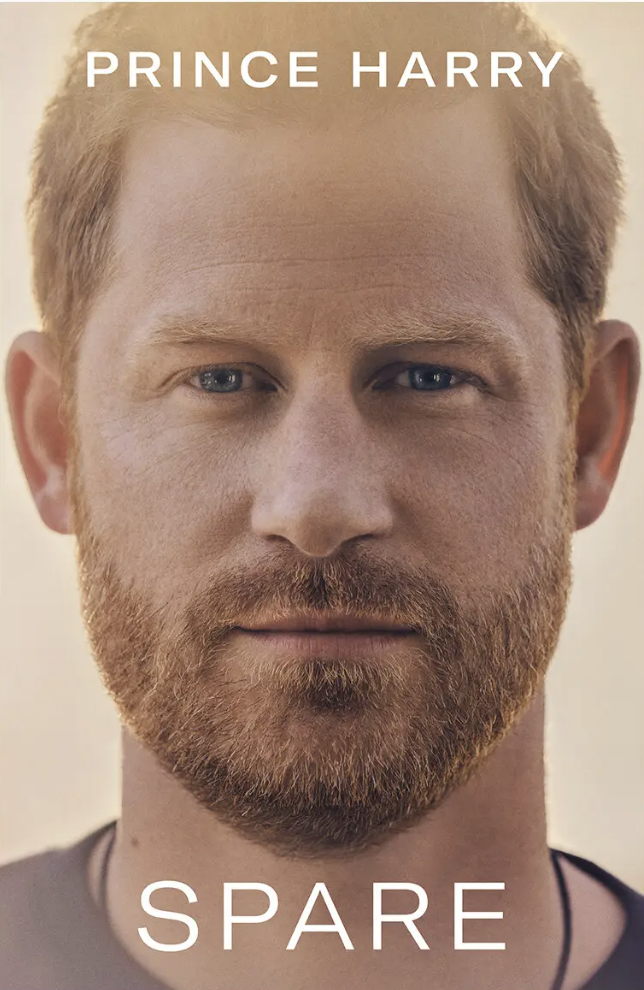
So why call it Spare? The terms heir and spare have been used for over a century in the UK to describe a monarch-in-waiting and their eldest male sibling. Ideally, a monarch would have two sons or more to ensure the throne remained within the family should anything happen to the first born.
The phrase “heir and a spare” is believed to have been first uttered in the 1890s by American heiress Consuelo Vanderbilt in describing her two sons with her British aristocrat husband. According to insiders it’s not a word you would expect to hear within the royal family itself, but it’s something the prince himself referred to in the Netflix documentary, Harry & Meghan, saying “internals at the palace were really threatened” by Meghan’s popularity. “The issue is when someone who’s marrying in, who should be a supporting act, is then stealing the limelight.”
The inference is that hierarchy sits at the heart of monarchy and is a system that means, by accident of birth, some royals (plus their wives) are heirs and some are spares. What’s more, spares should know their place.
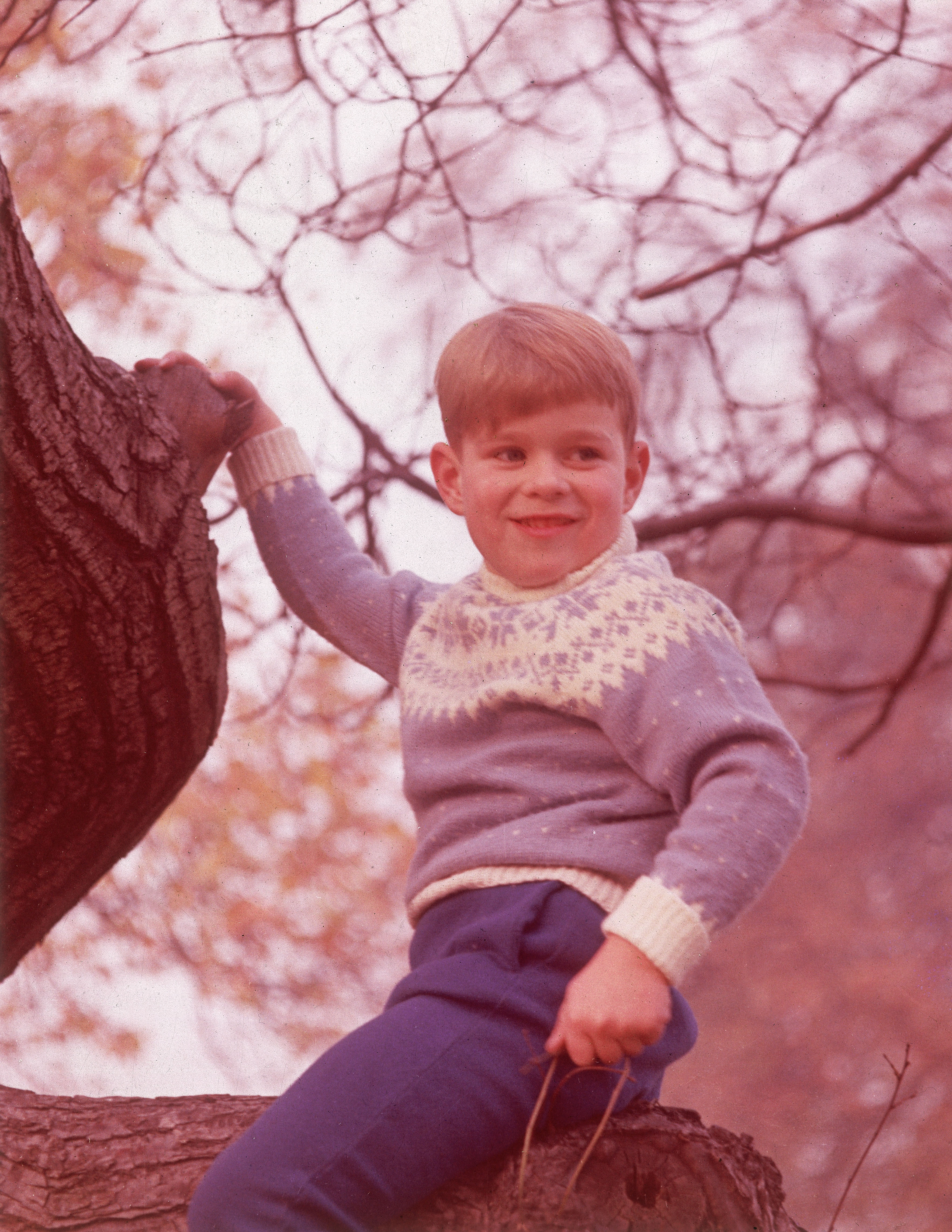
Harry’s role as a spare ended when William, the heir, married and had children of his own. Effectively, Harry was displaced in the line of succession by William’s children, with Prince George now becoming the heir apparent. In 2013, The Succession to the Crown Act (2013) ended the system of male primogeniture under which a younger son could displace an elder daughter (previously known as the heir presumptive) in the line of succession, so George’s younger sister Charlotte will now be the spare until George has children of his own. Should George’s first born be a girl, she will be heir apparent and eventually Queen.
The term spare has clearly had a negative effect on Harry, however, and others too have expressed the view that having your position in life determined by birth has no place in a modern monarchy. But how did we get to this point, and what impact did being the second in line have on Britain’s previous royal ‘spares’?
The Scandal-prone Spare
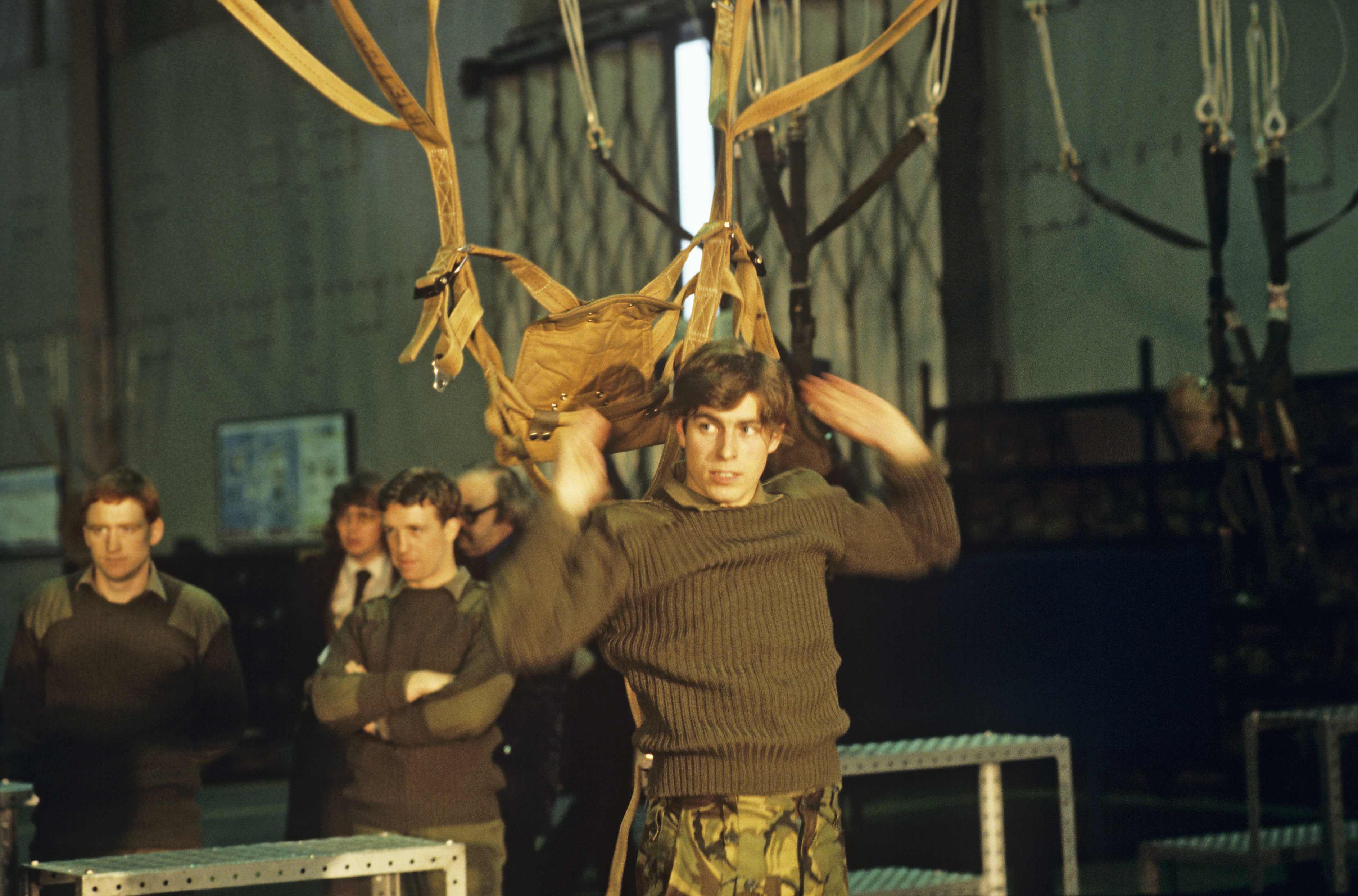
Prince Andrew, Duke of York, b 1960
The Heir: King Charles III
Currently 8th in line to the throne, as second son (Princess Anne is older) Prince Andrew was the spare from 1960 to 1982, when Princess Diana gave birth to William. Once serving in the Royal Navy, his life since has been shrouded in scandal. The prince’s connection to Jeffrey Epstein, an American financier convicted of sex trafficking, led to allegations of sexual activities with a minor later identified as Virginia Giuffre and his effective dismissal from the Royal Family, stepping down from all public duties. It is highly unlikely he will feature in King Charle’s III’s plans for a slimmed-down monarchy.
The Sister Spare
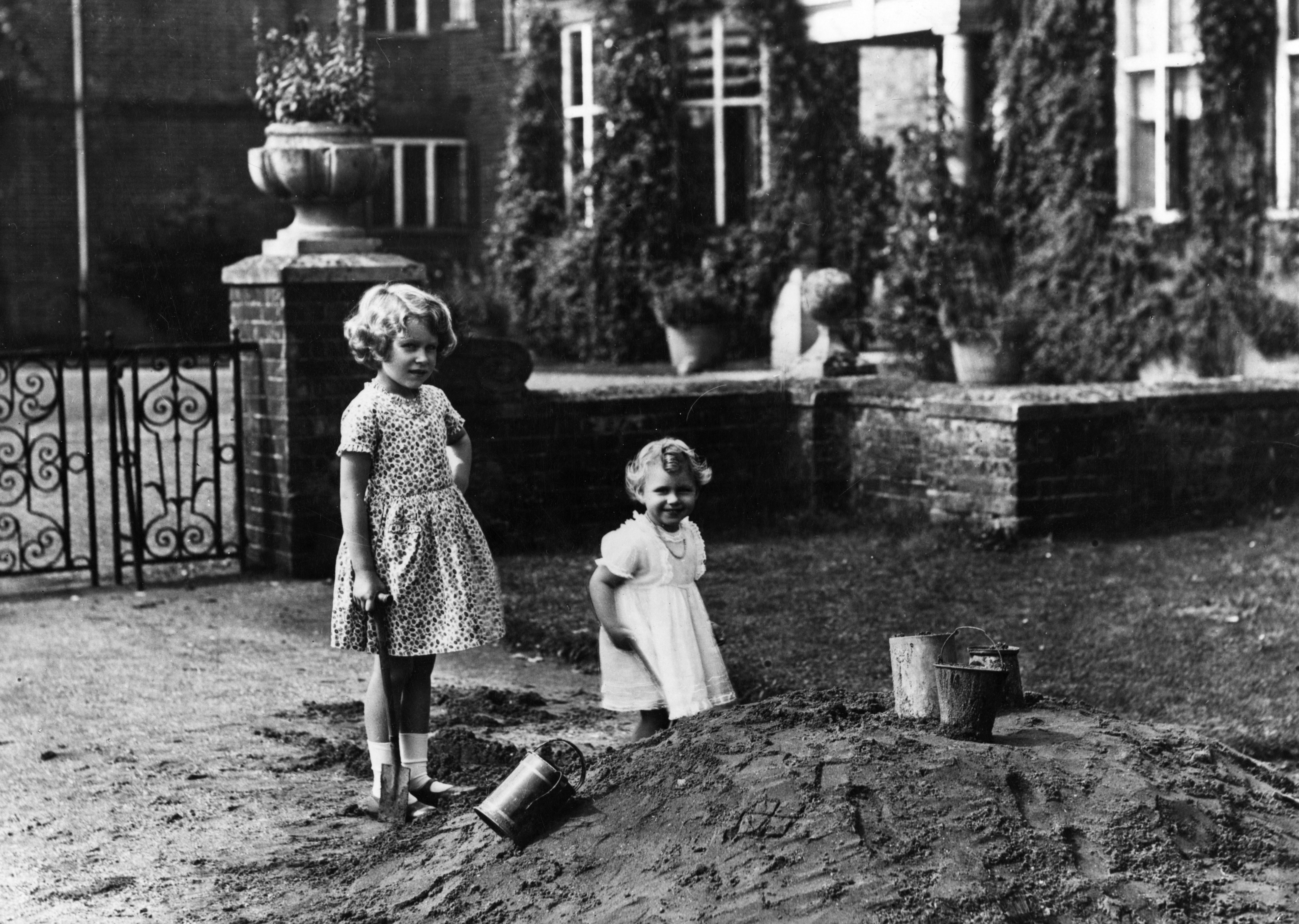
Princess Margaret, Countess of Snowdon, b 1930 d 2002
The Heir Presumptive: Princess Elizabeth (Queen Elizabeth II)
The spare until the birth of King Charles III in 1948, Princess Margaret was the younger sister and only sibling of Queen Elizabeth II. From the 1950s onwards, she became one of the world's most celebrated socialites, famed for her glamour and her love life. Despite Margaret’s position in the line of succession diminishing over the years as Elizabeth’s children and grandchildren were born, she was still tied by royal tradition, being denied permission from the Queen (as Head of the Church of England) to marry the love of her life, divorcee Peter Townsend. She eventually settled down with Anthony Armstrong Jones in 1960, although the marriage broke down in 1978.
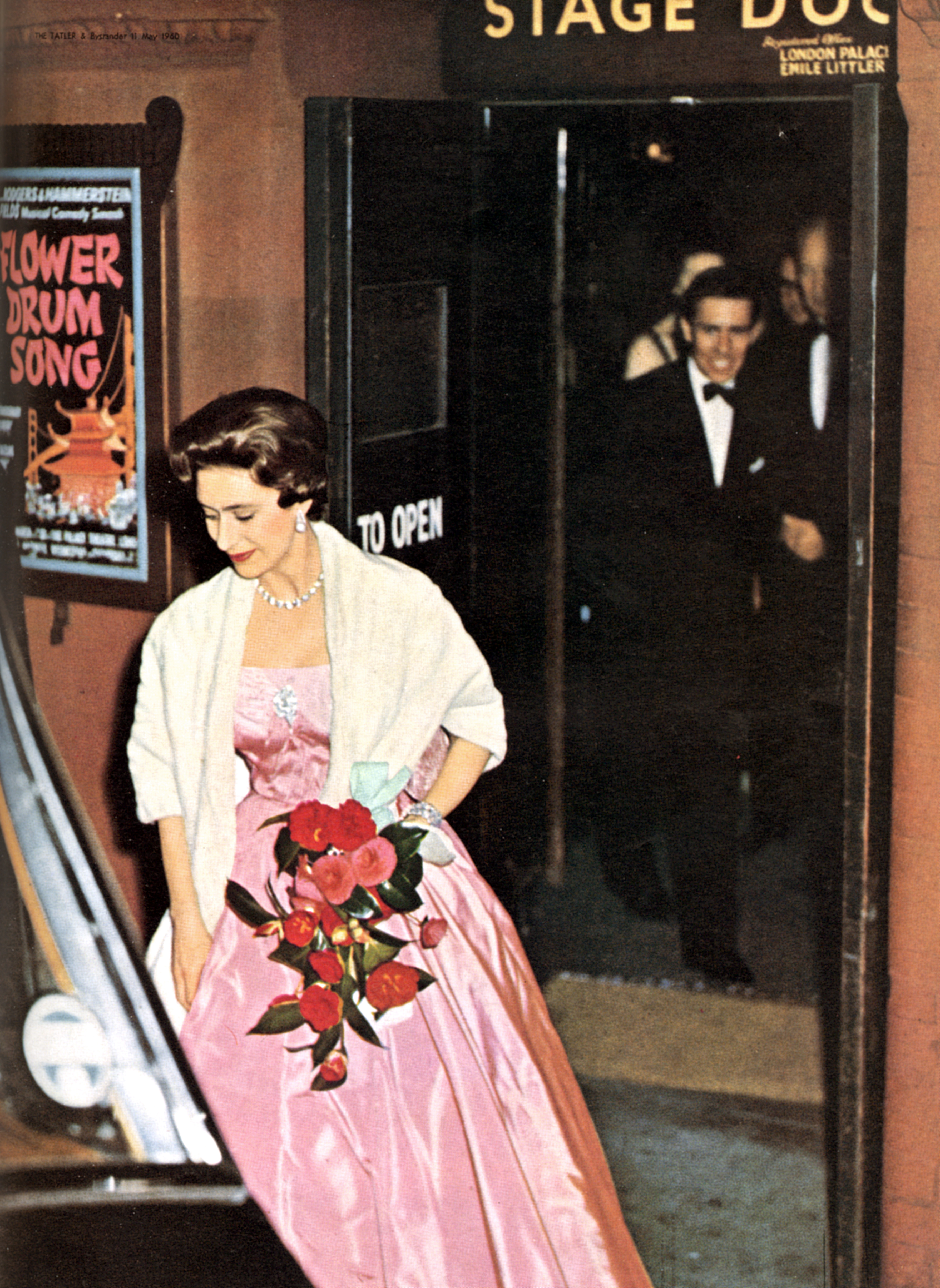
The Reluctant Spare
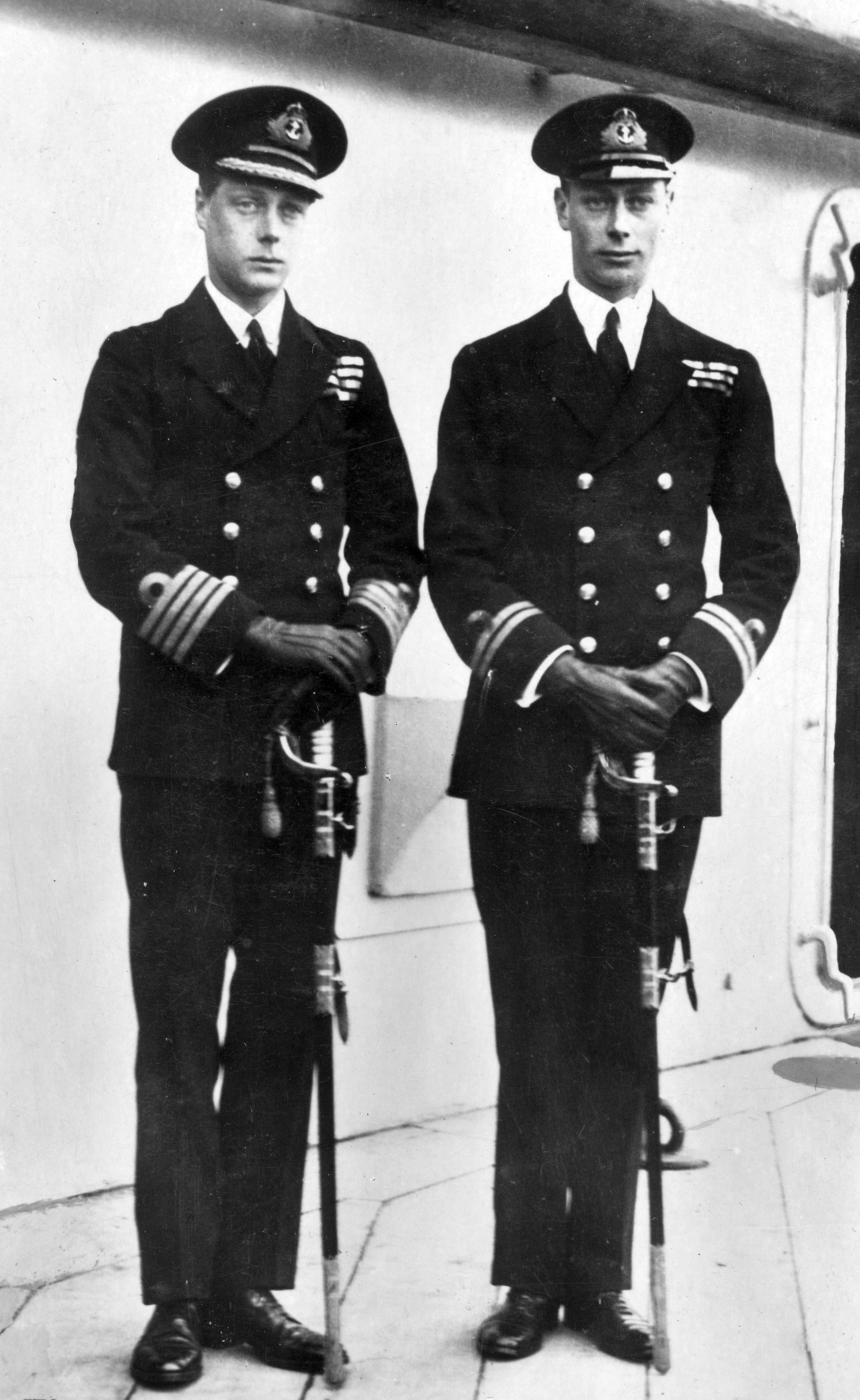
Prince Albert of Cornwall and York, Earl of Inverness and Baron Killarney, crowned George VI, b 1895 d 1952
The Heir Apparent: Prince Edward of York (Edward VIII)
Much like his father, George VI was never meant to inherit the throne and was content with living life away from the spotlight, due in part to a stuttering problem and hatred of public speaking. However, when his brother, Edward VIII, intent on marrying divorcee Wallis Simpson against the wishes of Parliament and the Church of England, he chose to abdicate. George then succeeded his brother and became George VI in 1936.
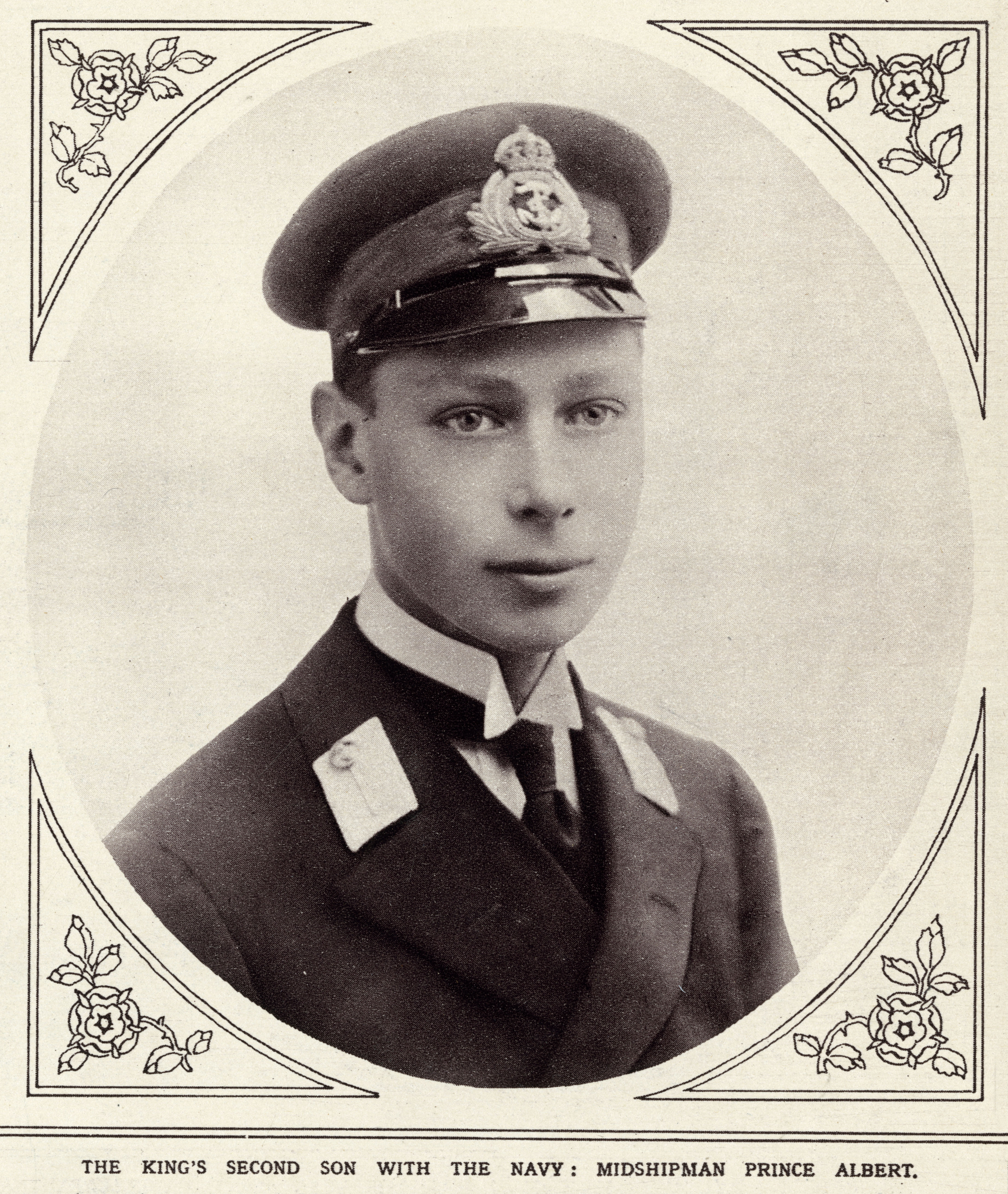
The Pandemic That Promoted The Spare
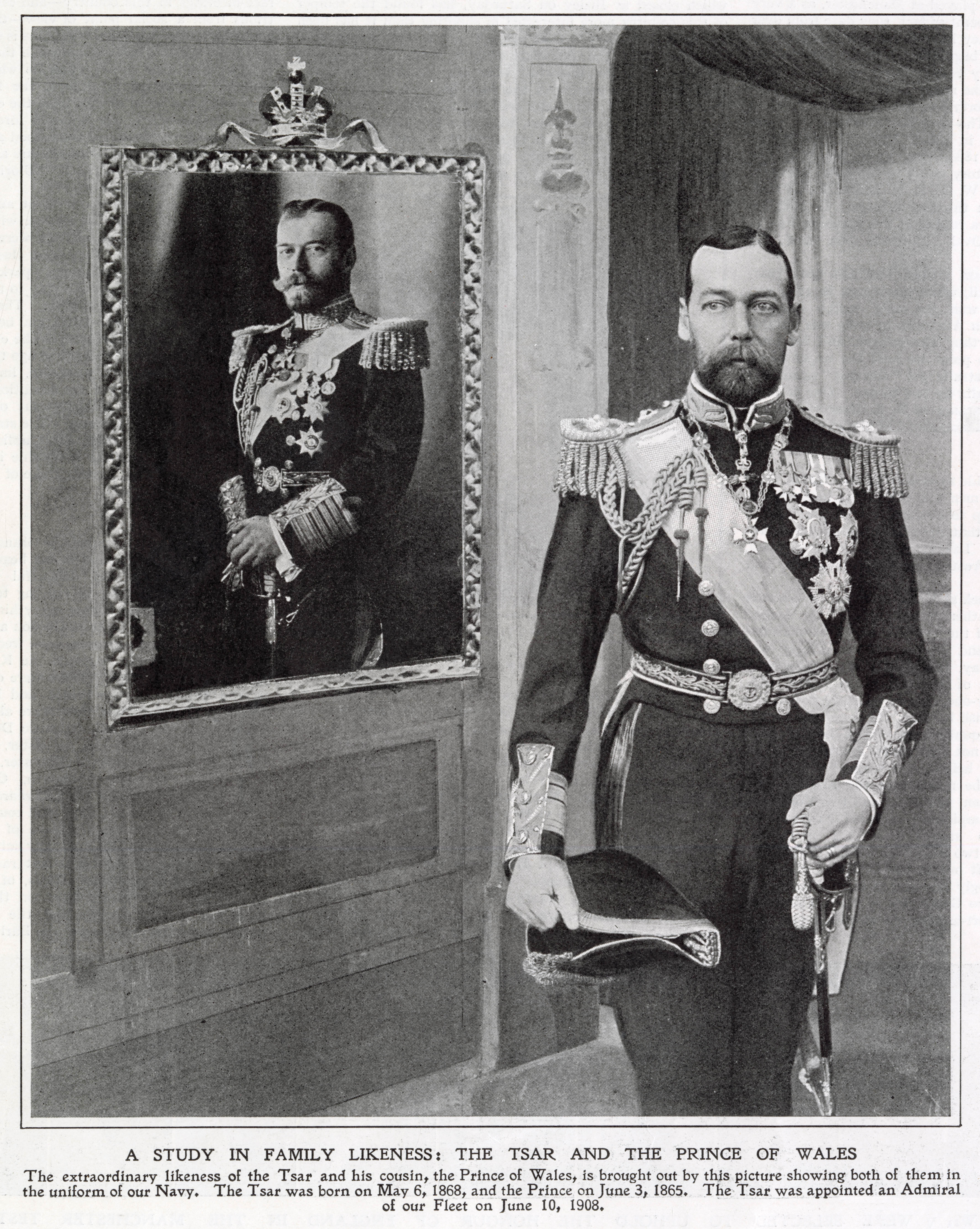
Prince George of Wales, b 1865 d 1936
The Heir Apparent: Prince Albert Victor
Prince George served in the Royal Navy until the unexpected death of his brother Albert who died of Asiatic flu during the 1889 - 1890 pandemic, which killed one million people worldwide. George therefore became the heir, inheriting the throne when his father died in 1910. George V was King of the United Kingdom and the British Dominions and Emperor of India.
The Spare Who Inspired the Rich Tea Biscuit
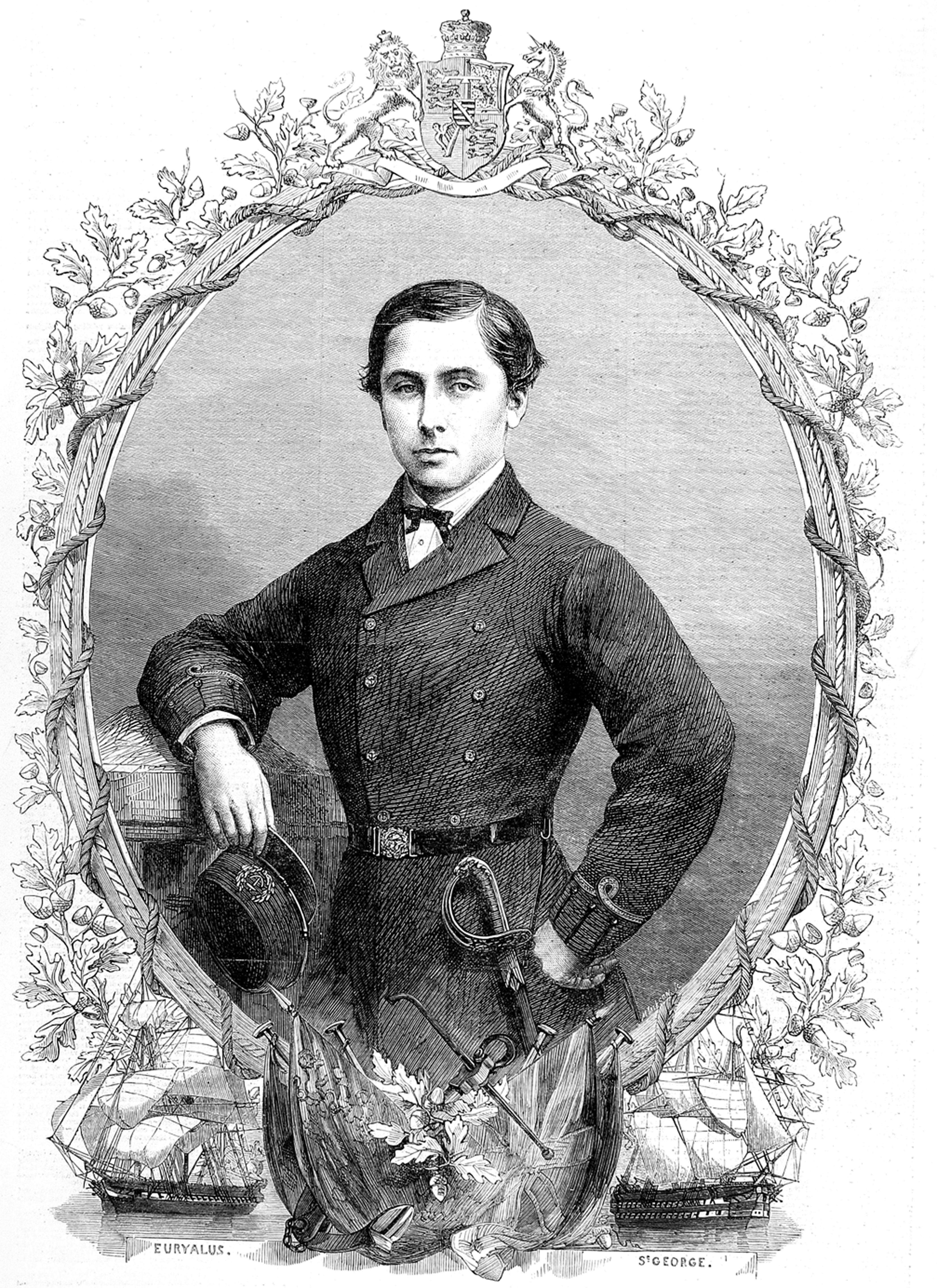
Alfred Ernest Albert, Sovereign Duke of Saxe-Coburg and Gotha (AKA Duke of Edinburgh), b 1844 d 1900
The Heir Apparent: Edward VII
Alfred remained second in line to the British throne for twenty years until his older brother Edward and Alexandra of Denmark had their first child. Queen Victoria considered two other potential matches before Alfred, Duke of Edinburgh, married the Grand Duchess Maria Alexandrovna of Russia, the only surviving daughter of Emperor Alexander II of Russia. To commemorate the occasion, a small English bakery made the famous Marie biscuit, a precursor to Rich Tea.
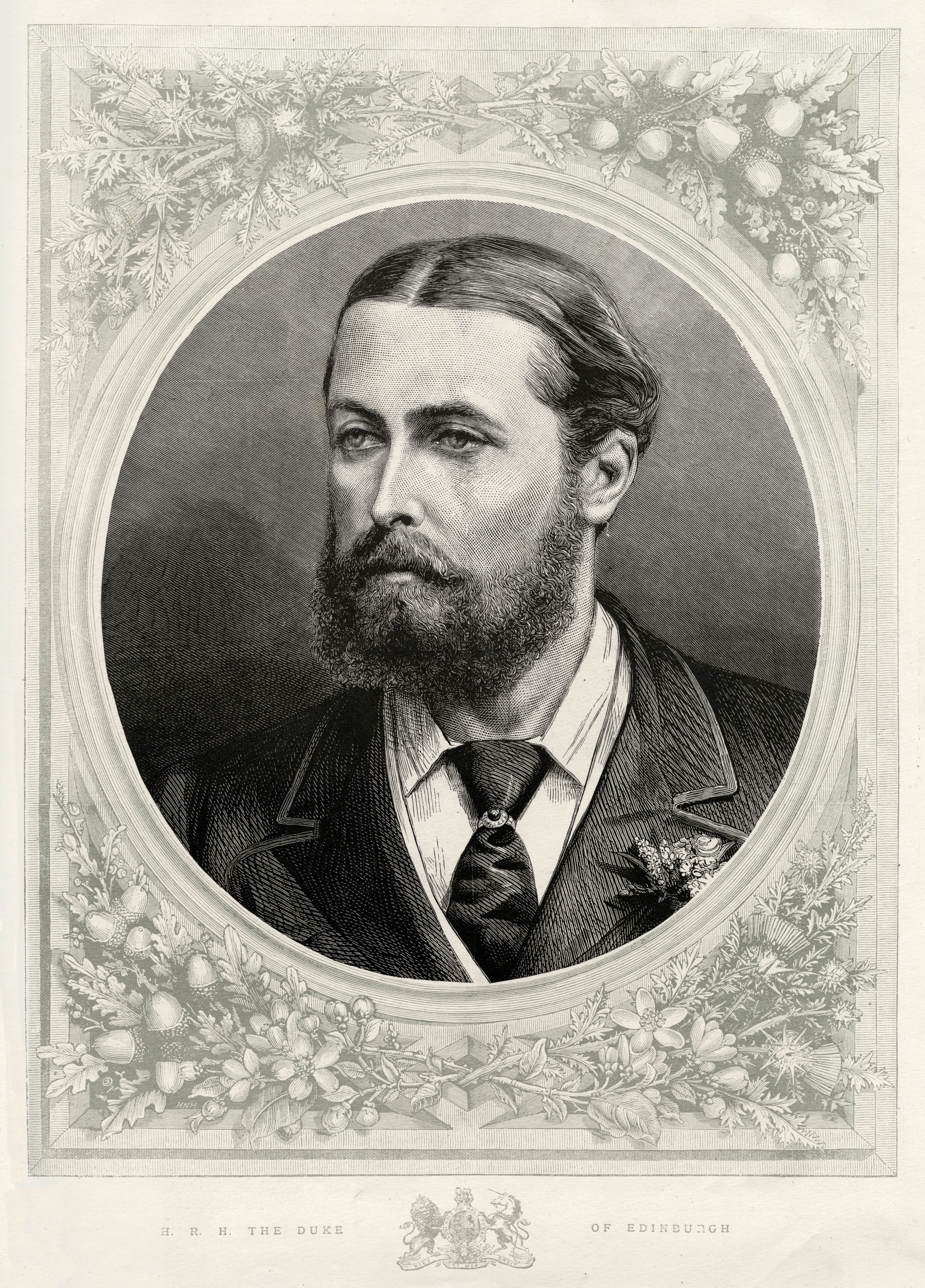
The Last Resort Spare
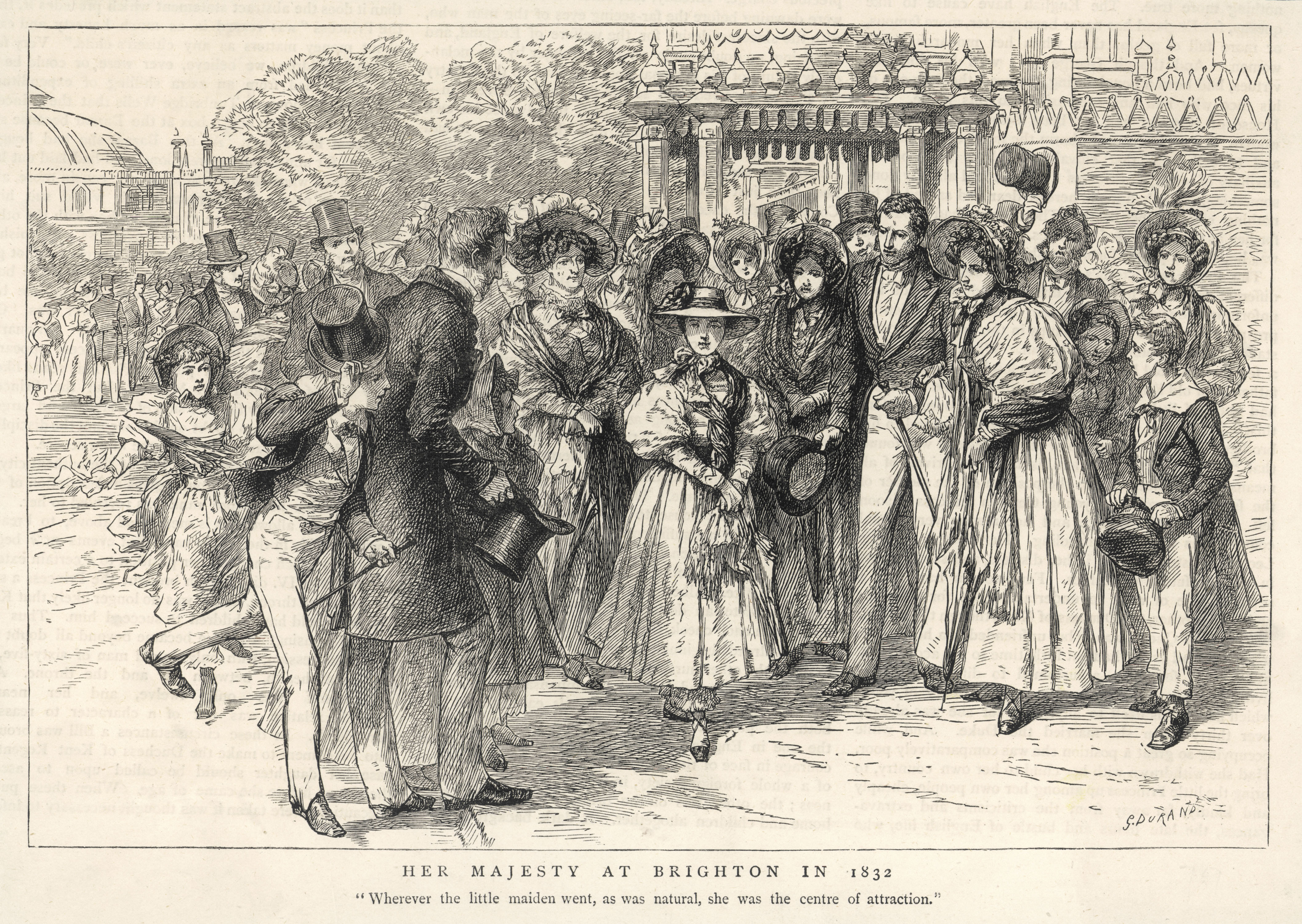
Princess Alexandrina Victoria of Kent, later Queen Victoria b 1819 d 1901
Heir presumptive: Princess Charlotte of Wales, daughter of George Prince Regent (who would become George IV)
Victoria’s father was the fourth son of the reigning king of England, George III. His only legitimate grandchild was Princess Charlotte, but her death in 1817 brought about a succession crisis. At birth, Victoria was fifth in line to the throne after the four eldest sons of George III. However, all their offspring died as infants followed by the other brothers of George IV. When the throne passed to George IV’s brother William, Victoria became Heir Presumptive. She fell in love with and married her first cousin Prince Albert of Saxe-Coburg and Gotha in 1840, after ascending the throne aged just 18 in 1837. She was our longest reigning monarch until surpassed by Queen Elizabeth II.
